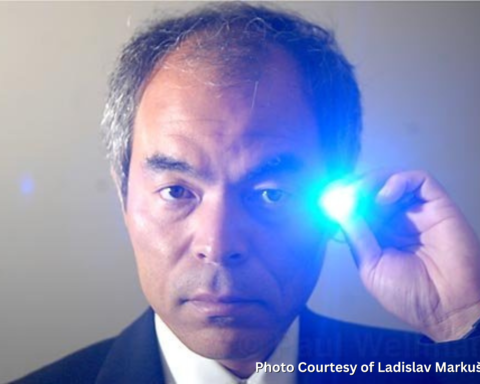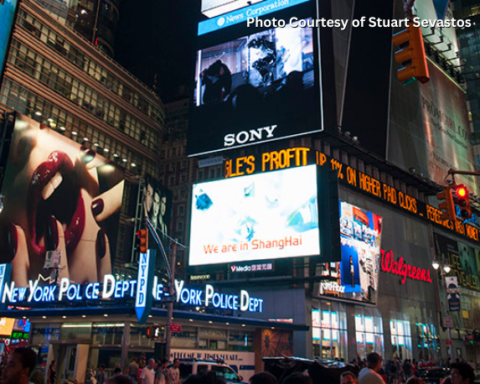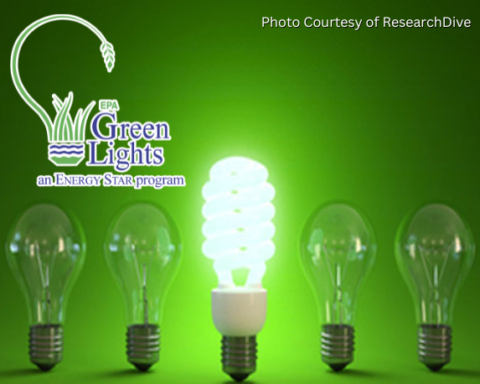Early theatrical lighting employed many different techniques and technologies, but arguable one of the most interesting in the mid-1800’s was an invention called the Limelight. Invented by Thomas Drummond, a Scottish engineer, in 1825 the limelight is an incandescent calcium oxide light commonly accepted as the first theatrical spotlight. Drummond’s light, which consisted of a block of calcium oxide, commonly known as lime or quicklime, heated to incandescence in jets of burning oxygen and hydrogen, provided a soft, very brilliant light that could be directed and focused. It was first used outdoors at night in 1836 to illuminate a juggling performance by magician Ching Lau Lauro. Indoors it was first employed in opera houses in London and Paris in 1837 and was in wide use by the 1860s around the globe. Its intensity made it useful as a follow-spot and for the realistic simulation of effects such as sunlight and moonlight. Limelights placed at the front of the balcony could also be used for general stage illumination, providing a more natural light than footlights.
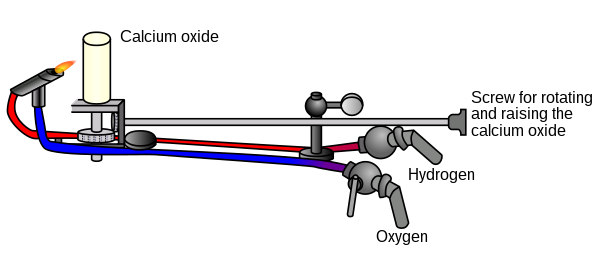
The greatest disadvantage of limelight was that each light required the almost constant attention of an individual operator, who had to keep adjusting the block of calcium oxide as it burned and to tend to the two cylinders of gas that fueled it. Electric lighting in general and the electric arc spotlight replaced the limelight late in the 19th century.
The expression “in the limelight” originally referred to the most desirable acting area on the stage, the front and center, which was brilliantly illuminated by limelights. The limelight is still famous as a colloquialism that equates the limelight to stardom and attention.
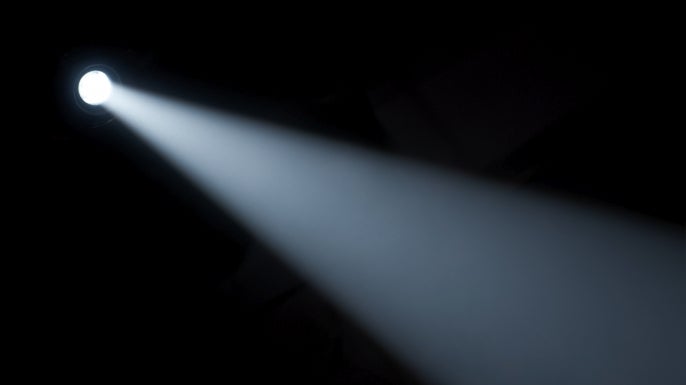
Featured image courtesy of Beireke.

